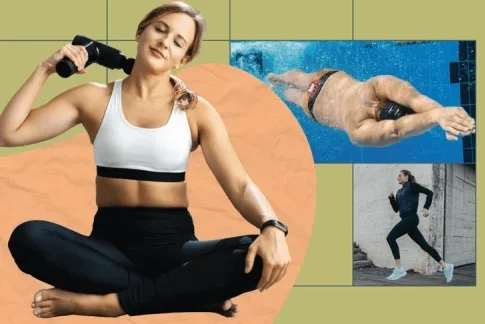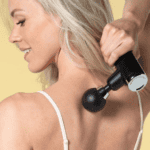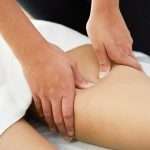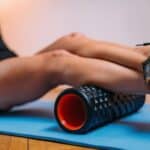Are you looking for the ultimate guide on how to massage muscles after a workout? Massages are a great way to relax and recover after a tough workout, as they help to reduce muscle soreness, improve circulation, and promote relaxation. This article will provide you with a comprehensive guide on how to massage muscles after a workout for the best possible results. We will discuss the different types of massage techniques, the benefits of massage, and the best practices for getting the most out of your massage. So, let’s get started!
Benefits of Massaging Muscles After Workout
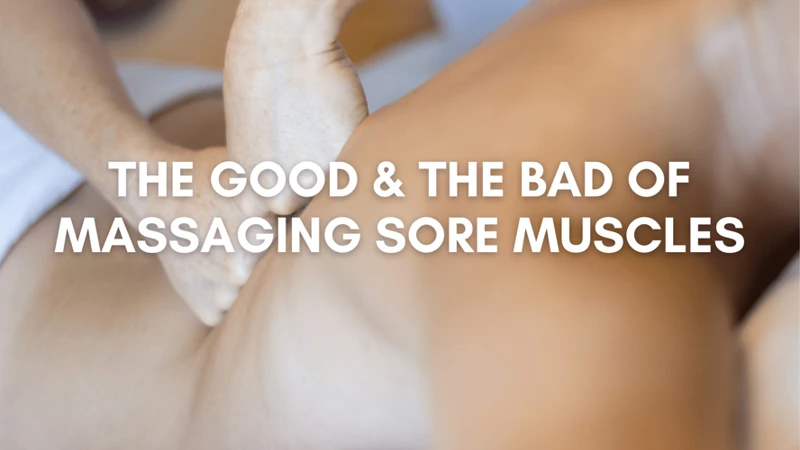
| Benefit | Description |
|---|---|
| Reduce Soreness | Massaging your muscles after a workout can help reduce soreness and inflammation. |
| Improve Circulation | Massage can help to increase blood flow and improve circulation throughout your body. |
| Increase Flexibility | A massage can help to improve the range of motion in your joints and increase flexibility. |
| Reduce Stress | Massage can help to reduce stress and tension in your body, promoting a sense of calm and relaxation. |
| Improve Recovery | Massage can help to improve your recovery time between workouts and reduce the risk of injury. |
Massaging your muscles after a workout can have a number of beneficial effects, including reducing soreness and inflammation, improving circulation, increasing flexibility, reducing stress, and improving recovery. It is important to note that massage should be done after a workout to get the full benefit.
Types of Massage After Workout
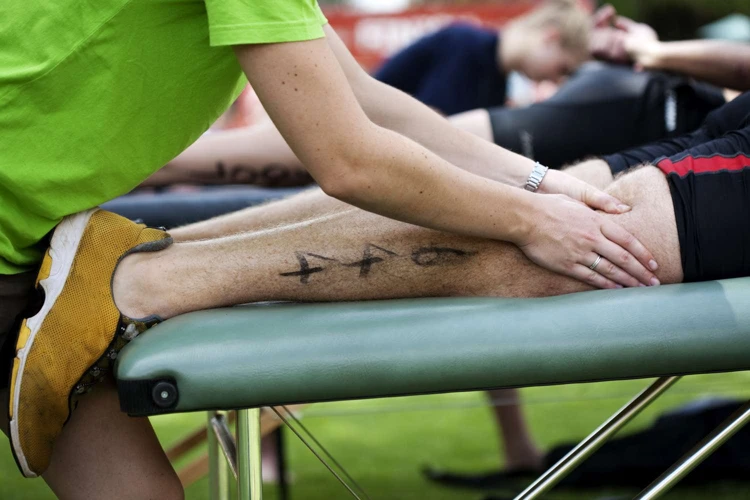
Sports Massage– A Sports massage is done with specific pressure and movement to target areas of tightness in the muscle. This type of massage is used to reduce muscle fatigue, improve flexibility and increase range of motion.
Swedish Massage– Swedish massage is a general full-body massage which typically consists of long, flowing strokes that promote relaxation and improve circulation.
Trigger Point Massage– Trigger point massage is a type of massage therapy that focuses on specific areas of the body that are feeling pain or tightness.
Deep Tissue Massage– Deep tissue massage is a type of massage that focuses on the deeper layers of muscle tissue. It is used to release chronic muscle tension and knots in the body.
Myofascial Release– Myofascial Release is a type of massage that focuses on releasing the body’s fascia, which is the connective tissue that surrounds and supports the muscles. This type of massage is used to reduce pain and increase range of motion.
Shiatsu Massage– Shiatsu massage is a type of massage that uses pressure, stretching and tapping techniques to promote relaxation and reduce pain.
Thai Massage– Thai massage is an ancient healing art that combines gentle stretches and pressure point techniques to promote relaxation and relieve pain.
Preparing to Massage Muscles After Workout
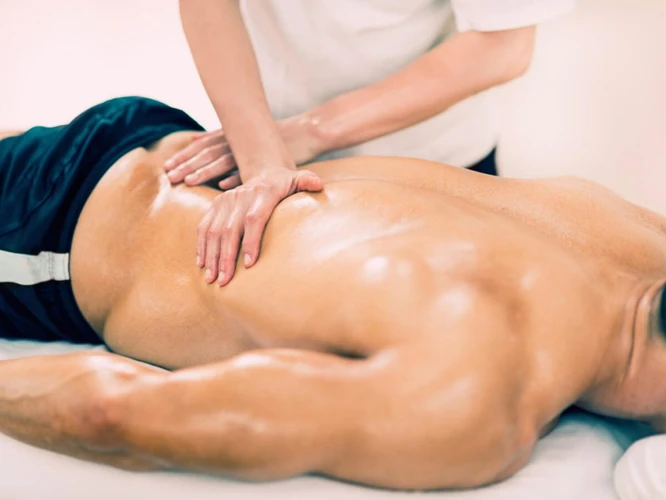
- Massage helps reduce soreness: Massage can help reduce soreness and decrease the amount of time it takes for your muscles to recover after a workout. It increases circulation and helps flush out lactic acid, which is responsible for muscle soreness.
- Prepare the area: Before you start the massage, make sure the area is clean and free of any debris or sweat. You can also use a topical cream or lotion to help lubricate the area.
- Choose the right pressure: It’s important to choose the right amount of pressure when massaging your muscles. Too much pressure can cause pain and discomfort, while too little can fail to provide any benefit. A good rule of thumb is to use enough pressure that you can feel the muscle contracting and releasing.
- Be gentle: When massaging your muscles, be gentle and avoid any sudden, jerking movements. Massaging too hard can cause pain and even injury, so it’s important to be gentle and mindful of the pressure you’re applying.
- Be aware of the direction: When you massage your muscles, pay attention to the direction of the strokes. Generally, you should move in the direction of the muscle fibers, starting from the center of the muscle and moving outwards.
- Focus on areas of tension: Pay close attention to areas of tension or tightness and massage those areas more thoroughly. The more you can focus on relieving tension, the more relaxed and refreshed your muscles will feel.
How to Massage Muscles After Workout
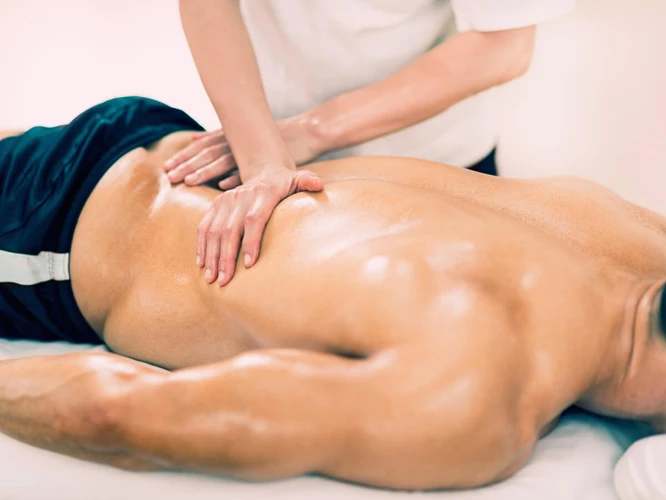
1. Relax Your Muscles: Massaging your muscles after a workout helps to relax them and reduce soreness. A massage can help to increase blood flow, which helps to reduce lactic acid build-up in the muscles. This can help to reduce pain and stiffness.
2. Improve Range of Motion: Massaging your muscles after a workout can help to improve range of motion. A massage can help to stretch the muscles, which helps to increase flexibility. This can help to improve your overall performance when working out.
3. Increase Performance: Massaging your muscles after a workout can help to improve your performance. A massage can help to loosen tight muscles and reduce inflammation. This can help to improve your overall strength and endurance when working out.
4. Reduce Stress: Massaging your muscles after a workout can help to reduce stress. Massage can help to release endorphins, which are hormones that can help to decrease stress and anxiety. This can help to improve your overall well-being.
5. Enhance Recovery Time: Massaging your muscles after a workout can help to enhance recovery time. A massage can help to improve circulation and reduce inflammation. This can help to speed up the healing process and reduce the amount of time it takes for your muscles to recover from a workout.
6. Improve Sleep Quality: Massaging your muscles after a workout can help to improve sleep quality. Massage can help to relax your body and mind, which can help to improve your overall sleep quality. This can help to reduce fatigue and improve your overall energy levels.
7. Improve Mental Clarity: Massaging your muscles after a workout can help to improve mental clarity. Massage can help to reduce stress and anxiety, which can help to improve your overall focus and concentration. This can help to improve your overall productivity when working out.
When to Massage Muscles After Workout
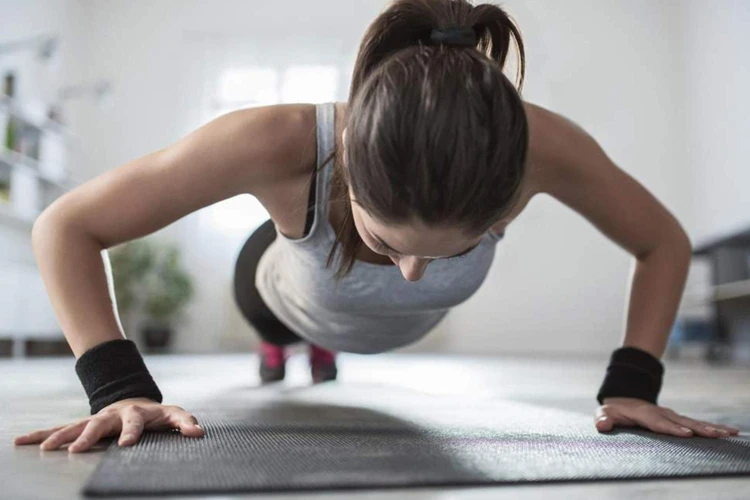
- Immediately after Exercise: Massaging your muscles immediately after a workout can help reduce inflammation and soreness, allowing you to recover faster. It can also improve circulation, which helps to increase oxygen and nutrients to the muscles.
- The Next Day: Massaging your muscles the next day can also help with recovery. It can reduce any lingering pain and fatigue, allowing you to stay active and continue training at an optimal level.
- Every Other Day: For athletes and those who are very active, it is recommended to massage your muscles every other day. This will help ensure that your body is always at peak performance levels.
- Before Bed: Massaging your muscles before bed can help you relax and improve sleep quality. It can also provide relief from any lingering pain or soreness.
Tips for Massaging Muscles After Workout
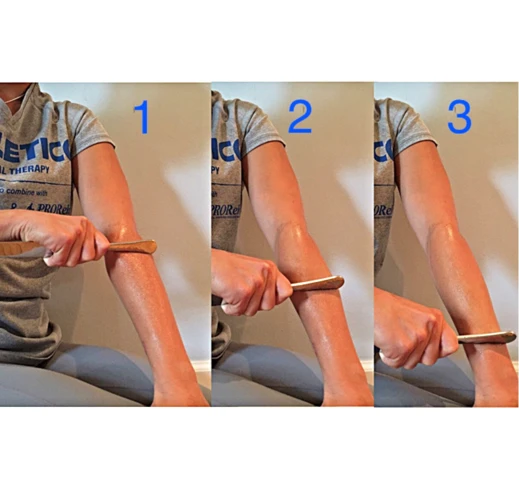
| Tips | Explanation |
|---|---|
| Start With Light Pressure | Begin your massage with a light pressure and short strokes, gradually increasing the pressure as you go. |
| Focus on Your Problem Areas | Identify the muscle groups that are most sore, and then focus your massage on those areas. |
| Mix Up the Motion | Avoid using the same motion over and over. Alternating between kneading, rubbing, and pressing can help to keep your massage from becoming too monotonous. |
| Use Heat | Using a warm towel or heating pad during your massage can help to relax the muscles, making it easier to provide a deeper massage. |
| Stretch Before and After | Stretching before and after your massage can help to loosen up your muscles and improve your flexibility. |
| Take Breaks | Be sure to take breaks if your muscles start to feel too sore. Taking a short break can help to reduce the risk of injury. |
Massaging your muscles after a workout can help to reduce soreness and improve recovery. By following these tips, you can ensure that you get the most out of your massage.
What to Avoid When Massaging Muscles After Workout
Do Not Over-Massage: Massaging muscles after a workout is beneficial, but too much of a good thing can be bad. Over-massaging, or massaging for too long, can cause more harm than good. Too much massage can cause the muscles to become even more fatigued and sore.
Do Not Use Too Much Pressure: When massaging muscles after a workout, it is important to remember to use gentle pressure. Too much pressure can cause the muscles to become strained and can lead to further injury.
Do Not Massage Injured Areas: Massaging an injured area can cause further damage and should be avoided. If you experience any pain or discomfort in a certain area, it is best to avoid massaging it.
Do Not Forcefully Stretch Muscles: Massaging muscles after a workout does not give you the opportunity to forcefully stretch them. Doing so can cause the muscles to become too tight and lead to further injury.
Do Not Use Ice: Ice can cause the muscles to become too cold and can lead to further injury. Instead, apply a warm compress or a warm towel to the area.
Frequently Asked Questions
What are the Benefits of Massage After a Workout?
Massaging your muscles after a workout can help you relax, recover and rebuild. Here are some of the key benefits of massage following exercise:
- Improved blood circulation – Massage helps to increase blood flow to your muscles and organs, allowing them to be replenished with essential nutrients that help repair and rebuild.
- Reduced muscle tension – Massage helps to relieve pain and tightness in your muscles, allowing them to relax and recover from exercise.
- Reduced inflammation – Massage helps to reduce inflammation and swelling, as well as reduce the risk of injury.
- Reduced stress – Massage helps to reduce stress, which can help improve your overall recovery time and performance.
- Increased flexibility – Massage helps to improve the range of motion of your muscles, helping you perform better during exercise.
Overall, massaging your muscles after a workout can help your body relax, recover and rebuild, allowing you to perform better in the future.
What type of massage is best for post-workout recovery?
Sports Massage: Sports massage is a type of massage that focuses on the specific needs of athletes or people who participate in physical activities. It helps to improve flexibility and reduce pain. It can also help to reduce muscle soreness and prevent injury.
Swedish Massage: Swedish massage is a type of massage that uses long strokes, kneading, and friction techniques to target the deeper layers of the muscles. It helps to reduce stress, tension, and pain, as well as improve circulation and flexibility.
Deep Tissue Massage: Deep tissue massage is a type of massage that focuses on the deeper layers of the muscles and connective tissues. It helps to reduce tension, improve circulation, and reduce inflammation.
Trigger Point Massage: Trigger point massage is a type of massage that focuses on specific areas of the body that are causing pain or discomfort. It helps to reduce tension in the muscles, improve flexibility, and reduce pain.
Myofascial Release: Myofascial release is a type of massage that focuses on releasing the fascia, which is a thin layer of connective tissue that surrounds the muscles. It helps to reduce pain, improve flexibility, and reduce inflammation.
Acupressure Massage: Acupressure massage is a type of massage that uses pressure to stimulate specific points on the body. It helps to reduce stress and tension, as well as improve circulation and reduce pain.
How Often Should I Have a Massage After a Workout?
The frequency of post-workout massage depends on the intensity of your workout and your body’s response to massage. Generally, it is recommended to have a massage every two to four weeks. This can be adjusted according to your own needs and preferences, as some people may require more frequent massage sessions.
It is important to listen to your body and adjust your massage schedule accordingly. If you are feeling sore or tight, it may be beneficial to have a massage sooner. On the other hand, if you are feeling fine, it may be best to wait a few weeks before scheduling a massage session.
How do I know if I am massaging too hard?
When massaging, it is important to be aware of the pressure you are applying. If the pressure is too hard it can cause discomfort and pain for your recipient. To ensure you are not applying too much pressure, feel for the tension in the muscles and adjust accordingly. Pay attention to any signs of discomfort from the person you are massaging and adjust the pressure accordingly. If you are using a massage tool, ensure the pressure is light and consistent. If you are using your hands, use a gentle stroking motion. If you experience any pain or discomfort yourself, adjust the pressure accordingly.
What are the Side Effects of Massage after a Workout?
Muscle Soreness & Fatigue: The most common side effect of massage after a workout is muscle soreness and fatigue. This is because the massage helps to flush out lactic acid and other toxins that accumulate in the muscles during exercise. The massage can also increase circulation, which helps to reduce muscle soreness and fatigue.
Dehydration: Massage after a workout can lead to dehydration. This is because the massage helps to draw out fluids from the body, which can lead to dehydration if not replenished. It is important to drink plenty of water before and after a massage to help prevent dehydration.
Sensitivity: Massage after a workout can lead to increased sensitivity to touch. This is because the massage helps to loosen tight muscles, which can lead to increased sensitivity to touch. It is important to let the massage therapist know if you experience any discomfort or sensitivity during the massage.
Bruising & Swelling: Massage after a workout can lead to bruising and swelling. This is because the massage helps to flush out toxins and release trapped blood, which can lead to bruising and swelling. It is important to let your massage therapist know if you are experiencing any bruising or swelling.
Injury: Massage after a workout can lead to injury if done improperly. This is because the massage helps to loosen tight muscles and increase circulation, which can lead to injury if done too aggressively. It is important to let your massage therapist know of any pre-existing injuries or conditions before the massage.
Conclusion
Massage therapy is an effective way to relax and recover from a workout. It helps to reduce muscle soreness, increase circulation, and improve overall flexibility. Use massage oils, rolling or kneading techniques, and targeted pressure points to massage your muscles after a workout. This can help to reduce the risk of injury and aid in the recovery process.
References
- The Effects of Massage on Muscle Recovery and Performance: A Systematic Review
- The Benefits of Massage Therapy
- The Benefits of Massage After Exercise

